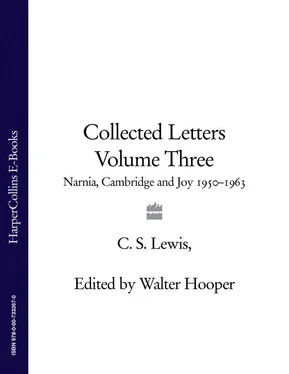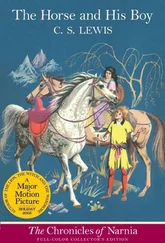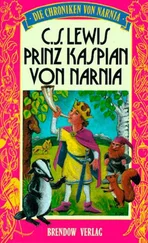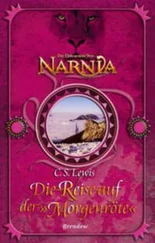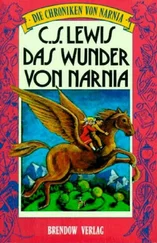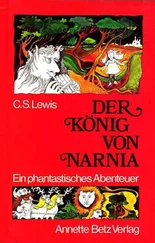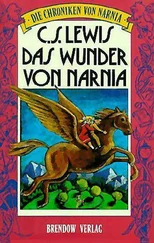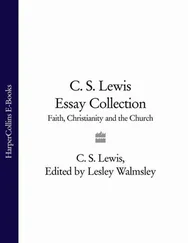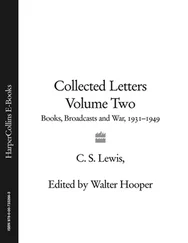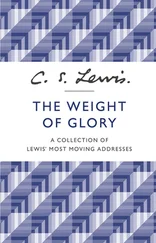104ibid., pp. 37-8: ‘There is so much that is obvious about Palm Sunday, our Lord’s deliberate and literal fulfilment of Zechariah’s prophecy about the peaceful king, the bitter contrast between that triumph and the Passion following, that other things no less significant often get overlooked…That impromptu procession of the Passover pilgrims on the first Palm Sunday combined the themes and types of both those two great Feasts. But over and above all that, the festal coming of Christ to Jerusalem was a symbol of His final, finished Coming to the Father as the Son of Man. That, at least, is how St. Bernard sees it. The liturgical palm procession, he says, which re-enacts that entry, represents the glory of our heavenly fatherland.’
105ibid., ch. 9, pp. 58-9: ‘The Greek says, “He was metamorphosed before them,” He changed His form. Metamorphosis, change of form at different stages on the way to perfection, is common in the natural world, the most familiar instance being that of the creature which ends up as a butterfly, after being successively an egg, a caterpillar, and a chrysalis. The Transfiguration of Christ suggests that Man also is a metamorphic creature…After death [Christ] passed again to His perfection, this time finally. In that perfected body, that yet bore the marks of what its larval form had borne on Calvary, He was touched and handled, as well as seen and heard, by many of His friends during the Great Forty Days.’
106ibid., ch. 2, p. 9.
107‘waiting for’.
108Sister Penelope removed this word from the book.
109The word ‘neo-Paganism’ was also removed from the book.
110‘respect’.
111‘fear of the gods’.
112‘world’ as in John 9:39: ‘For judgement I am come into this world.’
113Corbin Scott Carnell (1929-) was born in Ormond, Florida, on 7 July 1929, the son of Stanley and Doris (Scott) Carnell. He received a BA from Wheaton College, Wheaton, Illinois, 1952, and an MA from Columbia University in New York, 1953. He received his Ph.D. in English from the University of Florida in 1960 where his dissertation topic was ‘The Dialectic of Desire: C. S. Lewis’ Interpretation of “Sehnsucht” ‘. Carnell was, successively, Teaching Associate, Associate Professor, and Assistant Professor of English at Bethany College, West Virginia, 1953-76. He served as Professor of English at the University of Florida, 1976-2000. His thesis was published as Bright Shadow of Reality: C. S. Lewis and the Reeling Intellect (Grand Rapids: Eerdmans, 1974).
114Carnell said of this letter: ‘I inquired about the lengthy footnote in Miracles which asserts that some Biblical miracles are to be understood rather literally, others not.’ The footnote he was inquiring about is a reference to the book of Jonah in Miracles , ch. 15, note 1: ‘A consideration of the Old Testament miracles is beyond the scope of this book and would require many kinds of knowledge which I do not possess. My present view…would be that just as, on the factual side, a long preparation culminates in God’s becoming incarnate as Man, so, on the documentary side, the truth first appears in mythical form and then by a long process of condensing or focusing finally becomes incarnate as History…The Hebrews, like other people, had mythology: but as they were the chosen people so their mythology was the chosen mythology–the mythology chosen by God to be the vehicle of the earliest sacred truths, the first step in that process which ends in the New Testament where truth has become completely historical…I take it that the Memoirs of David’s court come at one end of the scale and are scarcely less historical than St Mark or Acts; and that the Book of Jonah is at the opposite end.’
115On Lewis’s first confession see his letters to Sister Penelope of 24 October and 4 November 1942 (CL II, pp. 450-2, 453-4).
116President Dwight D. Eisenhower said in a speech of 16 April 1953, reported in The Times (17 April 1953), p. 8, under the title ‘President Eisenhower’s Appeal to Russia’: ‘Every gun that is made, every warship launched, every rocket fired signifies, in the final sense, a theft from those who hunger and are not fed, those who are cold and are not clothed. The world in arms is not spending money alone. It is spending the sweat of its laborers, the genius of its scientists, the hopes of its children…This is not a way of life at all, in any true sense. Under the cloud of threatening war, it is humanity hanging from a cross of iron.’
117See the biography of Margaret Deneke attached to letter of 3 October 1944 in supplement. Deneke was making plans to produce a volume of reminiscences about her kinsman, P. V. M. Benecke. The book was published as Paul Victor Mendelssohn Benecke (1868-1944) (Oxford: A. T. Broome & Son, 1954), and Lewis’s contributions are found on pp. 3, 31-4.
118Philemon 10: ‘I beseech thee for my son Onesimus, whom I have begotten in my bonds.’
119Matthew 12:37.
120Professor Masato Hori was a teacher at Kansai University, Osaka, Japan.
121Joseph A. Breig, The Devil You Say: Report from Hell (Milwaukee: Bruce Pub. Co, 1952).
122Ruth Pitter, The Ermine: Poems 1942-1952 (1953).
123This was Pitter’s first book after becoming a Christian.
124Pitter, The Ermine , p. 19, ‘The World is Hollow’, III, 1.
125ibid., p. 18, ‘The Captive Bird of Paradise’, II, 4.
126ibid., p. 15, ‘The Other’, X, 3-4.
127ibid., p. 9, ‘Great Winter’, III, 3.
128ibid., ‘Herding Lambs’, p. 16, I, 3-4.
129ibid., p. 38, ‘Aged Man to Young Mother’.
130See Lewis’s letter to George Rostrevor Hamilton of 14 August 1949 on The Tell-Tale Article (CL II, pp. 966-7).
131John H. McCallum, head of the trade department at Harcourt, Brace & World, was Lewis’s American editor at the time.
132Bodle had sent her own simplified version of John Bunyan’s Pilgrim’s Progress to the deaf daughter of a friend.
133Bodle said of this letter: ‘I had explained that in N.Z. government schools religious instruction cannot be given by teachers. I was feeling frustrated. The principal did, however, allow me to take classes after school for any children who wanted to come’ (Bodleian Library, MS. Eng. lett. c. 220/4, fol. 249).
134Roger Lancelyn Green, The Secret of Rusticoker (1953).
135Martin Kilmer was a member of the ‘Kilmer family’ to whom The Magicians Nephew was dedicated.
136Stephen Vincent Benêt (1898-1943), Western Star (1943).
137Calkins wrote on this letter; ‘Reply to my cable at the time Elizabeth II was crowned.’
138News reached the British public on the eve of the Coronation that Edmund Hillary and the Nepalese Sherpa, Tenzing Norgay, had set foot on the summit of the world’s highest mountain, Mount Everest, on 29 May.
139Hila Newman was an eleven-year-old girl from New York who sent Lewis some drawings of the characters in The Lion, the Witch and the Wardrobe .
140Romans 14:13-17: ‘Let us not therefore judge one another any more: but judge this rather, that no man put a stumblingblock or an occasion to fall in his brother’s way. I know, and am persuaded by the Lord Jesus, that there is nothing unclean of itself: but to him that esteemeth any thing to be unclean, to him it is unclean. But if thy brother be grieved with thy meat, now walkest thou not charitably. Destroy not him with thy meat, for whom Christ died. Let not then your good be evil spoken of. For the kingdom of God is not meat and drink: but righteousness, and peace, and joy in the Holy Ghost.’
*Later: not, I hope, concurrently. We may then discuss further plans
141Mildred Boxill was an editor in the Harcourt Brace college department in New York.
Читать дальше
